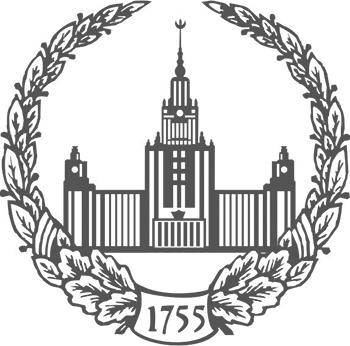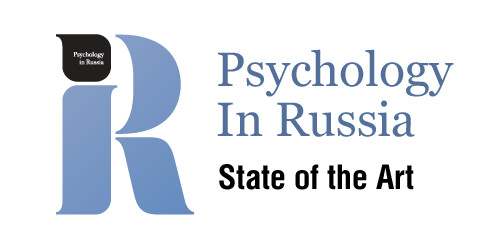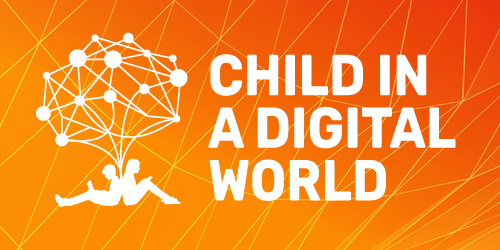Semenova, E.A.

Director of Noncommercial partnership “Theatre-EX”.
-
Relationship between Ideas about the Profession and Self-Presentation on the Example of Street Theater ArtistsLomonosov Psychology Journal, 2025, 3. p. 48-67read more746
-
Background. Despite the interest of the scientific community in the phenomenon of self-presentation, the relationship between ideas about the profession and strategies of self-presentation of the individual remains insufficiently studied.
Objective. The study is aimed at identifying the relationship between ideas about the profession and self-presentation of street theater figures, with an emphasis on the specifics of the image of the profession of a street theater actor.
Study Participants. The study was conducted based on the analysis of 156 Internet self-presentations of contemporary Russian street theatre figures, posted on websites and official theatre pages in social networks; in public channels, theatre company chats and online communities of street theatre figures.
Methods. The main empirical methods of the study are content analysis, observation. When assessing the relationship between ideas about the profession and self-presentation, the method of classification of strategic self-presentation tactics by E. Jones and T. Pittman was used. The relationship between non-strategic self-presentation and ideas about the profession was assessed based on the dramaturgical approach to social interaction by E. Goffman and the concepts of "auto-involvement", "spoiled identity", "role-free behavior" developed by him. The method of metasemantic analysis by A.G. Kozintsev was used as a diagnostics of comic narratives of self-presentations. The basis for constructing a diagram of the relationship between ideas about the profession and self-presentation was the model of schismogenesis by G. Bateson.
Results. In numerical terms, strategic self-presentations significantly exceed non-strategic ones. Auto-parodic self-presentations are the least common form of communication among street theatre actors and the most popular form of creative business card for street theatre actors. Restrained reactions of members of the professional community to auto-parodic self-presentation signal a violation of the presenter's "communicative postulates", giving grounds to classify it as a type of auto-involvement that goes beyond strategic self-presentation.
Conclusions. The presence of self-parody, roleless or open behavior in the self-presentations of contemporary Russian street theater actors indicates a significant impact of comic roles of street theater actors in the formation of the image of the profession. The results of this study may be useful for street theater actors, theater company managers, and specialists studying the problems of self-presentation and professional identity.
Keywords: street theater actor; ideas about the profession; Internet; self-parody; strategic self-presentation; non-strategic self-presentation; comic role; schismogenesis DOI: 10.11621/LPJ-25-24
-









